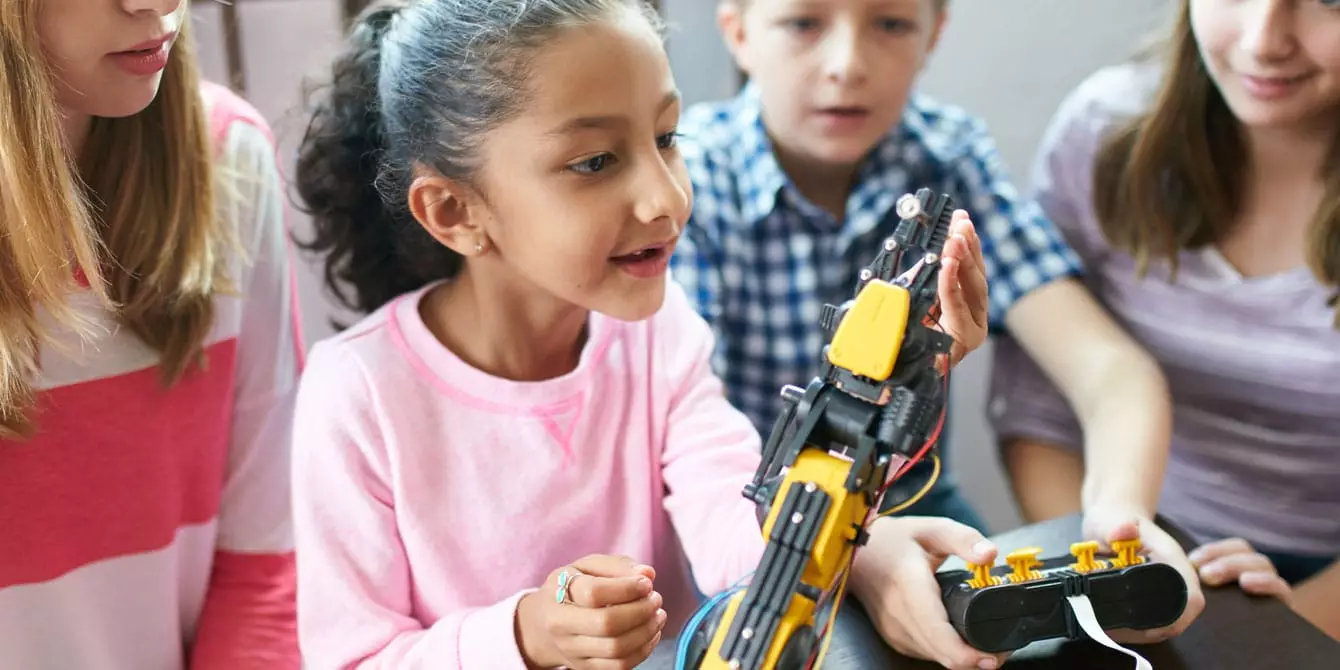STEM, an acronym standing for Science, Technology, Engineering, and Mathematics, encapsulates an educational approach that has garnered significant recognition in recent years. Since its introduction in 2001 by Judith A. Ramaley at the National Science Foundation, this educational paradigm has reshaped curricula to focus on key skills such as critical thinking, creativity, and problem-solving. The necessity of STEM education extends beyond mere academic excellence; it is a gateway for students to acquire skills essential for the modern workforce. As we dive into the nuances of STEM education, we shall explore its importance, the benefits it offers to young learners, and practical ways to foster an enriching STEM environment outside the traditional classroom.
The Importance of Early Exposure to STEM
The rationale behind introducing STEM concepts at an early age is deeply rooted in child development. Early childhood is often regarded as a period ripe for exploration and curiosity. Researchers and educators alike emphasize that children possess an innate inquisitiveness which can be nurtured through engaging STEM activities. By embedding STEM into daily experiences—from simple observations of nature to hands-on experiments—parents can transform ordinary situations into profound learning opportunities. This early exposure not only sharpens inquiry skills but sets the foundation for future academic achievements.
Studies have demonstrated that initial engagement with STEM subjects can significantly predict later success, both scholastically and in the workforce. Such foundational experiences enhance cognitive development and lay the groundwork for more complex thought processes as children age. Hence, the integration of STEM into early learning environments emerges as a viable strategy not only for individual academic growth but also for broader societal progress.
The advantages of STEM education extend into various facets of a child’s development. Educators in STEM-focused settings have reported considerable improvements in critical thinking abilities, problem-solving skills, and creativity among young learners participating in STEM curriculum activities. Furthermore, STEM education encourages collaborative learning, teaching children the value of teamwork and communication—skills of utmost importance in the 21st century.
Children engaged in STEM-related activities often show increased motivation and confidence. Manipulation of tools and materials allows for experiential learning, helping children improve their spatial awareness and hand-eye coordination. Greg McDonough, Director of Innovation at Lake Forest Country Day School, notes that hands-on exploration and problem-solving boost resilience and adaptability—qualities integral to personal and professional success.
Moreover, STEM activities foster social-emotional development. Through collaborative projects and challenges, children learn to navigate interpersonal dynamics and manage emotions, equipping them for future interactions in diverse settings.
Integrating STEM into Home Learning Environments
Introducing STEM concepts into the home setting involves creativity and intentionality. Here are several proactive strategies parents can implement:
1. Encouraging Exploration: Establish a home environment that welcomes experimentation and inquiry. Allow children to ask questions freely and engage them in problem-solving discussions. Instead of providing immediate assistance during challenging situations, encourage them to devise their own strategies and solutions.
2. Creating a Maker Space: Designate a corner in your home filled with various materials—cardboard, old electronics, crafting supplies, etc. This ‘maker space’ can be a sanctuary for creativity, encouraging children to bring their unique projects to life.
3. Incorporating Real-Life Tasks: Incorporate everyday occurrences—cooking, gardening, or simple repairs—into STEM learning sessions. These activities provide practical applications of STEM principles, allowing children to understand their relevance in daily life.
4. Engaging with Literature: After reading a book, prompt discussions about the challenges characters face. Pose hypothetical questions that could later be transformed into design challenges, inviting your child to brainstorm creative solutions.
Choosing the Right STEM Resources and Programs
To complement at-home STEM activities, consider enrolling your children in programs specifically designed to enhance STEM learning. Many preschools and summer courses adopt STEM-centric curricula, enriching children’s experiences in collaborative and innovative settings. Additionally, investing in educational toys that emphasize physics, construction, or logic can bolster your child’s engagement with STEM.
As children’s interests develop, parents should remain flexible, allowing for an evolving array of resources and subjects. The ultimate goal is to cultivate a lasting love for inquiry and innovation, positioning children for future success in a rapidly changing world.
The role of STEM education in early childhood cannot be overstated. It promotes holistic development and equips learners with essential life skills. By implementing effective strategies for introducing STEM concepts at home, parents and caregivers can nurture the next generation of innovators, problem-solvers, and critical thinkers. As society navigates complex challenges, the cultivation of STEM skills in young minds will be crucial in shaping a better future for all.

